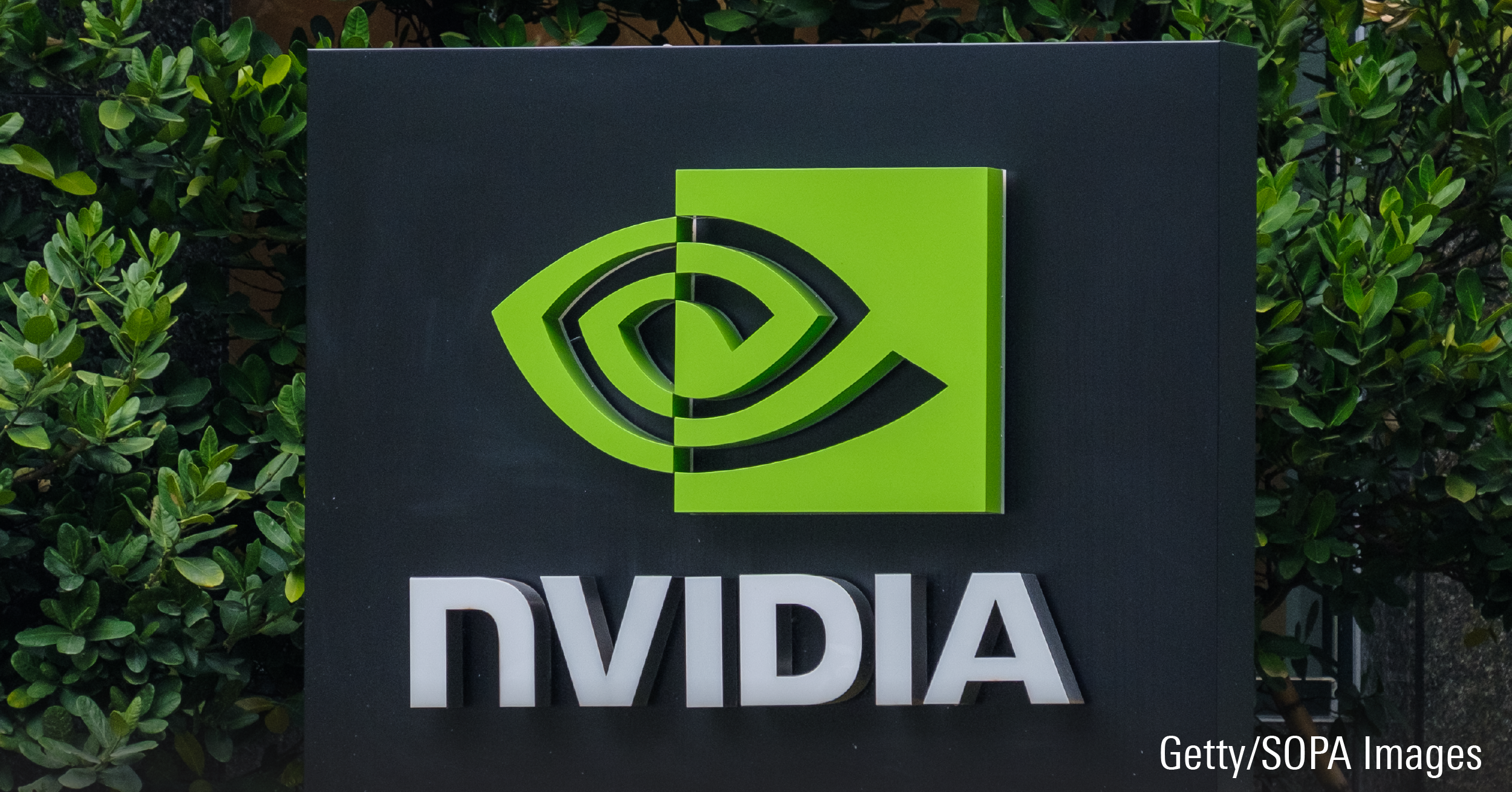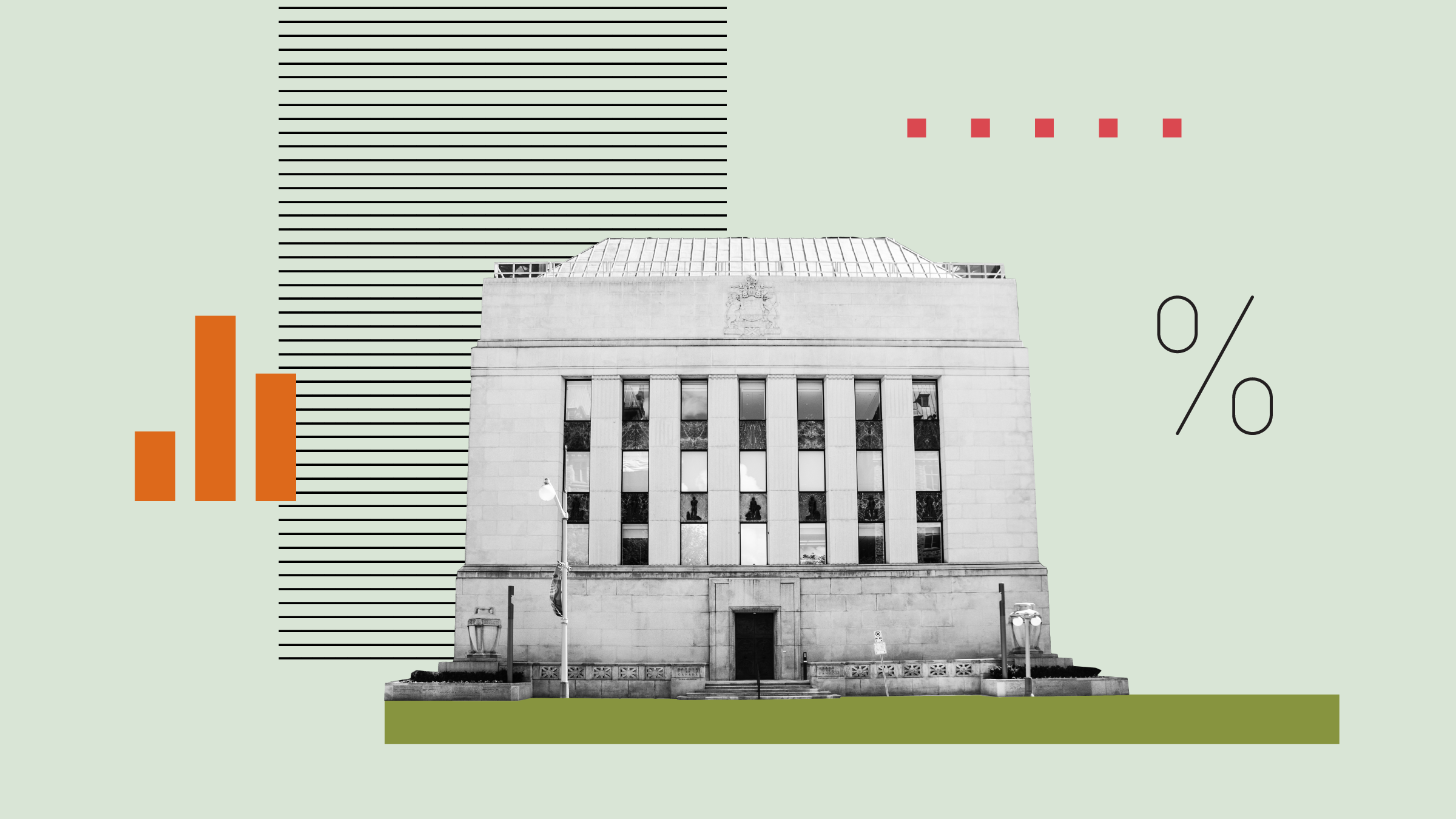Emily Halverson-Duncan: With such turbulent markets in 2018 across both Canada and the U.S., it's no wonder some investors may be wary of keeping their hard-earned money in equities. The fear of a declining account balance is enough to deter many people from investing and can make the safety of cash look like a much more attractive option. But should fear of volatility keep you from growing your savings?
Today, I'm going to showcase a strategy that looks for less volatile stocks, specifically in the U.S. marketplace. Ideally, we'll be looking to construct a portfolio, which is fairly stable over the long-term and does well when markets are declining. So, let's take a look at how to build this.
So, this is a very small factor portfolio. Meaning, we are only dealing with four factors and keeping it very tight. The first step of our model is to rank the stocks. So, I want to order them so I can tell what stocks I like better than others. One of the factors we use to do that is 5 Year Beta versus the S&P 500. What that looks at is how sensitive a stock is to the broad S&P 500. If the beta has a value of 1, that means it's as volatile as the market. If it's greater than 1, it's more volatile and if it's less than 1, it's less volatile. So, we are looking for smaller values.
The other factor I'm using to rank is earnings per share variability relative to the industry median. So, again, we want to lower earnings per share variability. After we've ranked our stocks, we want to screen out the stocks that we don't want to own, so we end up with the list of stocks we'd be willing to buy from. Some of the screens that we are using, again, that 5 Year Beta, we are putting a cap on it of 0.8. So, again, keeping it well below that 1 level where it's as volatile as the market, meaning will be less volatile.
A couple of other screens that we are using, the earnings per share variability. We want that to be in roughly the bottom half of peers of 7.23% as of today or lower. And then, lastly, market cap. We're putting a minimum market cap, again keeping yourself in the roughly top 50% of peers. The reason for doing that is removing those small-cap or low mid-cap stocks that might be a little bit more volatile. And then, on the sell-side, once we own stocks, we'll only sell stocks if that 5 Year Beta metric gets to be above 1.2%, so if they start to be quite a bit more volatile.
Now, we are going to go in and see how that model did over the long term. So, this is our back test page. What we are going to do is run a back test from January of 2000 until January of 2019, so end of last month. Our strategy is going to hold 15 stocks at all times. And let's give it a roll. All right. So, our back test returned 9.1% annualized and beat the benchmark by 3.5%. So, that's an annualized number from January 2000 until end of January this year. Very low turnover at 16%. So, what that number means is, you are trading roughly 16% of your portfolio each year.
A few other things that I take note on. The downside deviation is significantly less than the benchmark at 8% versus 10.2% which is a good mark of being able to protect in down markets. Standard deviation as well, which is overall volatility, is 12.3% relative to 14.6%. So, again, another good indication that this is a low volatile strategy.
One other chart I'd like to take a look at is this green and blue chart here. What we are looking at is the percent of times the model has beat the benchmark in both up markets and down markets. You can see in up markets it's not particularly strong. But in down markets it's actually outperformed 88% of the time. So, again, a very good signal that this is a strong model to hold when markets are more turbulent.
So, overall, this model earned 9.1% annualized which is definitely better than the benchmark and certainly, better than holding your securities in cash. All this to say that there are options out there even when markets are volatile.
For Morningstar, I'm Emily Halverson-Duncan.




















